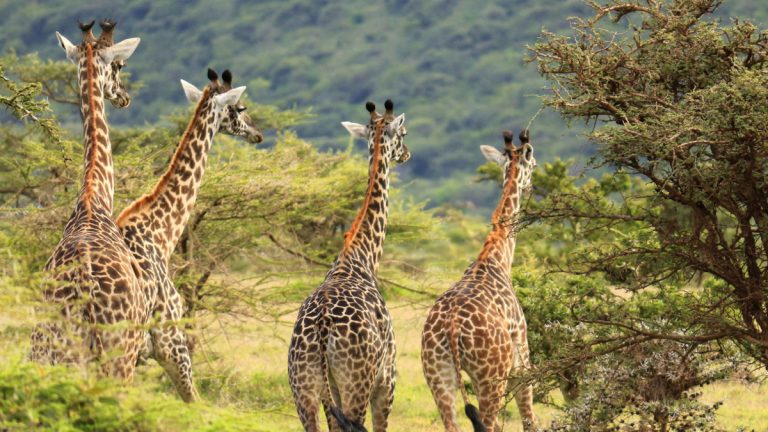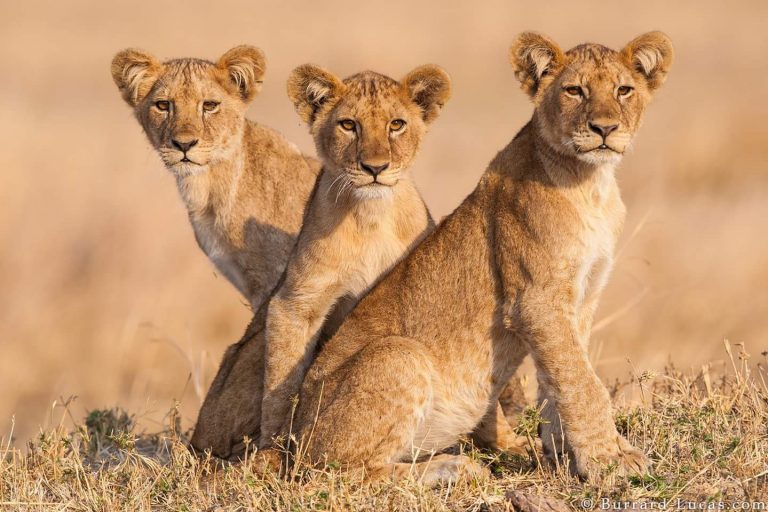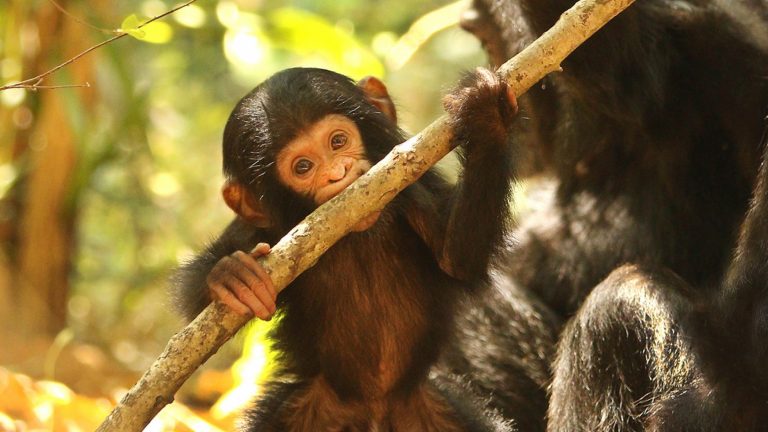Katavi National Park
Katavi National Park is the 3rd largest park in Tanzania. Katavi National park is located in the western Katavi region of Tanzania East of Lake Tanganyika and occupies an area of 4471 square kilometres.
The Wabende spirit known as “Katabi,” who is rumoured to reside in a tamarind tree close to Katavi Lake, inspired the name Katavi. It is believed that Katabi’s ghost resides in the tamarind tree because he was a renowned hunter.
The region was initially protected in 1911 during the German occupation, but under British rule in 1932, it was given the name Rukwa Game Reserve. In 1974, 1823 square kilometres of land were designated as a national park; in 1977, the area was increased to 4471 square kilometres. It was formally inaugurated as Katavi National Park in 1998.
The dry season, which lasts from June to October, is the ideal time to visit Katavi National Park. Animals gather at water sources like the River Katuma during this time, creating ideal photographic scenes. Many different migratory bird species can be seen in the park during the rainy season.
There are many different types of attractions in Katavi National Park, including rivers and lakes like the Katuma River, Lake Katavi, and Lake Chada, all of which serve as water sources. The park is known for its large herds of cape buffalo as well as its many other types of animals, such as zebras, giraffes, elephants, cheetahs, wild dogs, hyenas, lions, leopards, wildebeest, and many more.
More than 400 different bird species can be found in Katavi National Park, including Crested Barbets, small bee-eaters, black cuckoo-shrikes, red-billed hornbills, and many more. In the park, grasslands, Miombo woodland, and sporadic acacia trees predominate.



